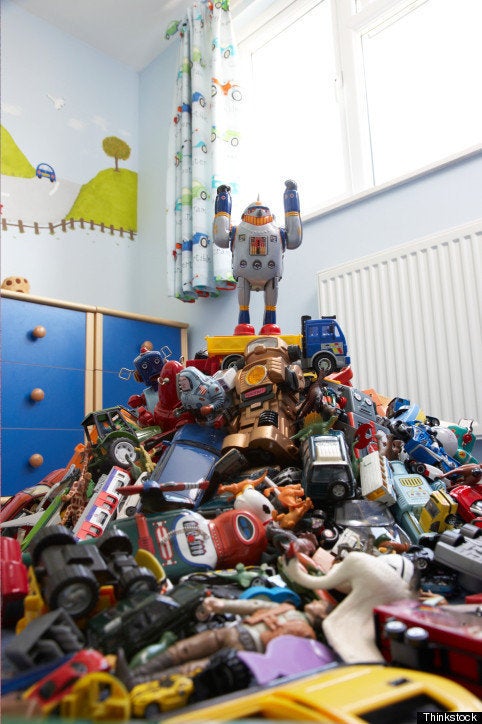
Toy Fair -- the game and toy industry's annual expo -- starts on Sunday, so I thought it might interesting to take a look at game theory. I confess that I was mildly disappointed when I first learned that game theory had nothing to do with Othello, Trivial Pursuit, or Risk. Instead, game theory is concerned with "games" like Dictator, Ultimatum, and the famous Prisoner's Dilemma. These memorable scenarios are used as models for solving real-world problems.
Game theory is a study in strategy--how we play against other players with the end goal of winning. (Or at least maintaining a sustainable competitive advantage.) Game theory is a wonderful tool for determining optimal strategies, but most people don't have time for strategy in their work. Instead, their days are filled with the simple goal of getting the job done on time and on budget: Finish the presentation. Write the proposal. Manufacture the product. Meet the sales quota.
If game theory is for strategy, perhaps we can develop a similar tool set to help with daily operations: Let's call it "toy theory." Using the toy metaphor, here are five examples of toy theory that can be learned from your favorite playthings.
1. The Wind-Up Theory: One broken gear can stop the whole thing from running. The corollary to manufacturing should be self-evident.
2. The Construction Set Theory: When starting a new venture, look at your assets and core competencies to see what you can make out of them. If you have a set of traditional Lego blocks, your best option may be to construct a building. There is a reason, after all, why the standard pieces are called "bricks." Suppose instead you have a set of Zoob, which is another construction toy. Zoob pieces come together to form joints and they have parts that look like eyes and claws. Your best bet may be to build some sort of animal, bug, or alien. The properties of Lego bricks are suited towards architecture, whereas the Zoob pieces lend themselves towards organic creatures. Yes, you can use pretty much any construction set to build anything you dream of, but different sets lend themselves to different types of play. As they say, play to your strengths.

3. The Woody's Roundup Theory: When collecting assets, the value of two assets is simply equal to the sum of their separate values--unless you can bundle together assets that will complement each other. This will make the merged set of assets worth more to an outside investor. From the perspective of a toy collector:

For unrelated toys, the value of the toys together is equal to the sum of the values of each toy seperately: (The Value of (Woody + Buzz)) = (Value of Woody) + (Value of Buzz)
Whereas:

For toys that are part of a set, the combined value is significantly greater than seperate values of each toy: (The Value of (Woody + Jessie + Bullseye + Stinky Pete)) > (Value of Woody) + (Value of Jessie) + (Value of Bullseye) + (Value of Stinky Pete)
This is true whether you are expanding your product portfolio through R&D or whether you are expanding the scope of the entire company of companies through M&A.
4. The Action Figure Theory: You can often achieve better results by collaborating with other partners (even though those partners can sometimes be your competitors when you shift from creative play to competitive gamesmanship.) You can play both Luke and Darth Vader and have a good time, but there's more unexpected discovery when you have a friend play half the parts.
5. The AA Battery Theory: If accountants played with Tickle Me Elmo, they would point out that keeping the toy supplied with batteries adds to the total cost of ownership.
Finally, a meta-lesson concerning the interaction of game theory and toy theory: Remember the game Mouse Trap? The goal of the game was to eliminate the other players--the last player standing wins the game. But you didn't play it that way, did you? Mouse Trap was both a game and a toy. Most people ignore the game aspect of Mouse Trap and instead focused on playing with the really cool toy. It was fun to set up and it was fun to set the chain reaction in motion. The game component of Mouse Trap couldn't compete with the toy component of Mouse Trap.
Applying this observation back to business, daily operations aren't necessarily fun, but they are necessary. How often does the need to deal with toy theory distract from the task of focusing on game theory?
Find more business insights from unlikely places at Unexpected Experts.
